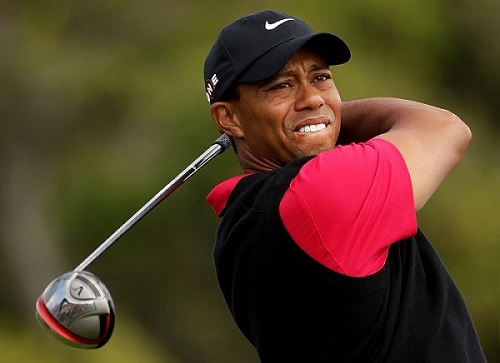
PART four of our five-part look at the international impact on the Masters examines the first decade of the 21st century, when Tiger Woods and Phil Mickelson helped the United States reassert itself on home soil.
The decade at Augusta may have begun in Fiji – with Vijay Singh securing a three-shot win ahead of Ernie Els – and ended in Argentina – with Angel Cabrera’s second major championship win – but the years between 2000 and 2009 were dominated largely by Woods and Mickelson at the peak of their powers.
After Singh’s triumph, the American duo claimed five of the next six green jackets between them, with Woods adding another three to the one he won in 1997.
This was Tiger when he was in his prime, transcending golf to become one of the world’s biggest sporting superstars. The only question seemed to be when he would surpass Nicklaus’ record of 18 major championships.
Canada’s Mike Weir (2003) was the only interruption to the Woods-Mickelson axis in the first half of the decade, before Trevor Immelman claimed a three-shot win over Woods to become the first South African winner since Gary Player won his third Masters in 1978.
Meanwhile, their compatriot Els was busy consolidating his status as one of the greatest players never to have won the Masters – the South African finishing in the top six at Augusta every year between 2000 and 2004, including twice as runner-up at the beginning and end of that run.
Then in 2009, Argentina finally had its first winner of the tournament when Cabrera prevailed with a play-off win over Chad Campbell and Kenny Perry. His victory also marked the final Masters appearance for Player, the original international trailblazer at Augusta who had ended decades of American monopoly by becoming the first international champion in 1961.
– Sky Sports




